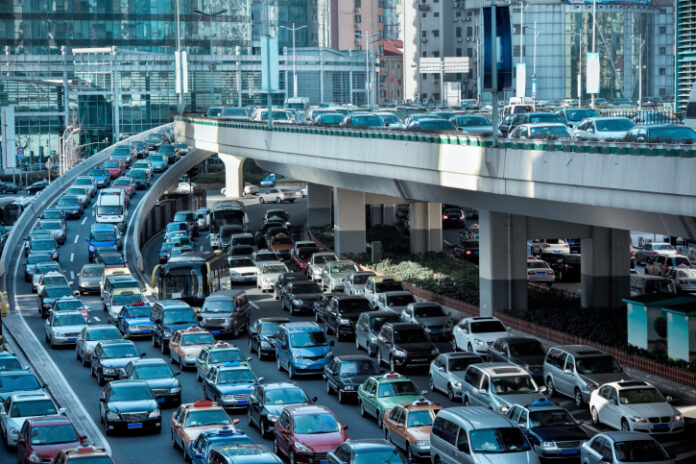The U.S. Environmental Protection Agency (EPA) has announced it is leaving in place the current air quality standards for ground level ozone because the best available science indicates they sufficiently protect human health.
Ozone is an odorless gas produced at ground level by a reaction of sunlight with regulated pollutants emitted by a variety of sources such as automobiles, electric power stations, and industrial plants. Ozone is the main component of smog, which still plagues some cities, such as Los Angeles.
Current Standard Deemed Safe
Under the 1970 Clean Air Act, the EPA is required to review the standard for criteria pollutants, of which ozone is one, every five years.
The EPA lowered the standard for ground-level ozone to 70 parts per billion (ppb) in 2015, under the administration of President Barack Obama, down from 75 ppb set in 2008. EPA said at the time the 70 ppb level was sufficient to protect both human health and the environment.
In a January 13, 2020 press release announcing the existing ozone standard would be maintained, the EPA affirmed the best science still indicates the 70 ppb standard is safe. Ozone concentrations fell by 4 percent between 2017 and the end of 2019, the agency reported.
“Under President Trump, the U.S. has made significant progress in reducing ozone concentrations across the nation,” said EPA Administrator Andrew Wheeler in the agency’s press release. “Based on a review of the scientific literature and recommendation from our independent science advisors, we are proposing to retain existing ozone standards, which will ensure the continued protection of both public health and the environment.”
The EPA’s action marks the second time in 2020 that, after the required review of the best available science, the agency has decided to maintain an existing standard for a regulated pollutant. EPA decided to keep the existing standard for particulate matter in place in April.
‘Win for Our Nation’
EPA’s decision to maintain the existing ozone standards will benefit cities and states while protecting public health, said Rep. Paul Gosar (R-AZ) in statement.
“EPA’s responsible decision to keep current ozone standards continues to ensure that our air is clean and our communities are protected, while at the same time lowering the massive burden on states and localities to meet ever-moving goalposts of environmental regulations,” Gosar said. “Administrator Wheeler and President Trump have seen consistent decreases in ozone under this administration, and keeping the standards that have driven that success in place is a win for our nation.”
The current ozone standards keeps people safe, said Bruno Pigott, a commissioner with the Indiana Department of Environmental Management, in a statement.
“This stringent ozone standard continues to ensure that Hoosiers have cleaner air than ever before,” Pigott said.
Avoids Jeopardizing Economic Recovery
By following the science and not being led by environmental advocates who pushed the Trump administration to set an even more stringent standard for ozone, the EPA maintained essential environmental protections while helping the economy to recover from the economic shutdown resulting from fears raised by the COVID-19 pandemic, said Rachel Jones, vice-president of Energy & Resources Policy at the National Association of Manufacturers, in a statement.
“Protecting the environment and improving public health for all Americans must come first,” said Jones. “Manufacturers’ commitment to clean air is why we support EPA’s proposal to retain the Obama ozone standards.
“Amid a global pandemic, manufacturers are serving on the front lines helping our nation respond to and recover from COVID-19.” Jones said. “So at a time when we are facing record-breaking unemployment, an even lower ozone standard could have jeopardized more than seven million manufacturing jobs.”
Sterling Burnett, Ph.D. (hsburnett@heartland.org) is the managing editor of Environment & Climate News.



























It’s not true that it’s odorless . It has a ` fresh smell one often smells after thunderstorm or in woods . Wikipedia says it has a pale blue color , but in any conceivable concentration , it invisible .
When I was growing up hospitals and infirmaries commonly had UV O3 generators as disinfectant devices .
The current level are very close to the natural levels even in totally rural areas . Reducing them further would be outlawing nature — which , of course , is the Statists’ wet dream .